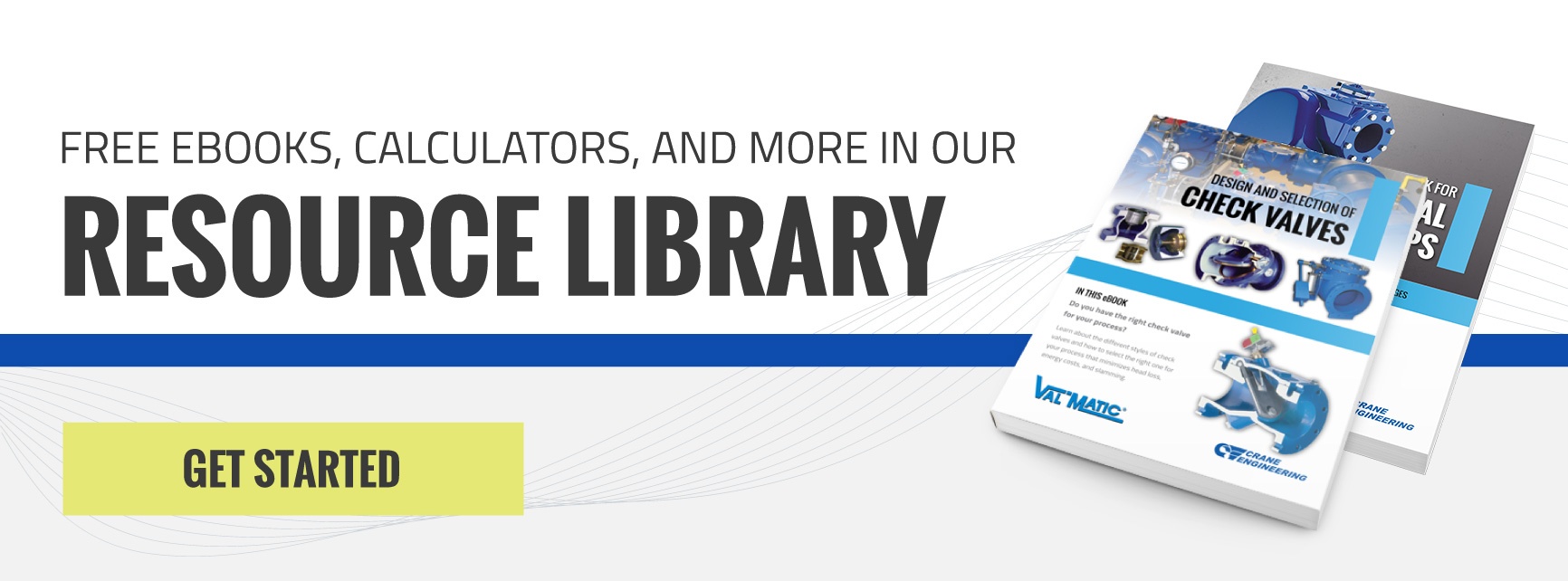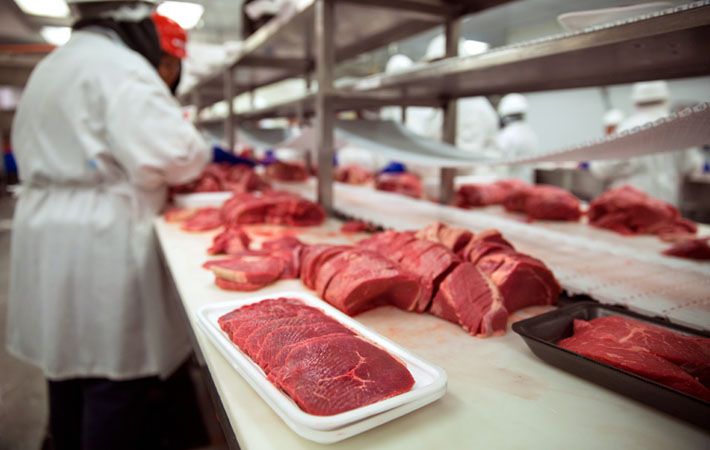Every year, we hear about food products that have been recalled. From boxed macaroni and cheese to cucumbers, ground beef and even pet food, different types of foods are pulled from supermarket shelves all the time. The reasons for these recalls can be any number of things, from missing ingredients to cross contamination—but no matter the reason, each recall is expensive, and damaging to a food producer's reputation.
Preventing the public from getting sick is the US Food and Drug Administration’s top priority, and it begins with the people handling the food and ingredients during production. It’s for this reason that in 2002, the Center for Food Safety and Applied Nutrition formed a Food Current Good Manufacturing Practice (CGMP) Modernization Working Group. The CGMP was tasked with reviewing old standards and developing new ones. Below is their list of the seven best practices that the CGMP determined to be the most important when working in a food manufacturing facility.
- Require appropriate training for supervisors and workers- to ensure that they have the necessary knowledge and expertise in food hygiene, food protection, employee health and personal hygiene to produce safe food products. This training must be delivered in a manner that can be easily understood by the worker. Food processors must maintain a record of this training for each worker.
- Require food processing establishments that produce foods containing one or more of the eight major food allergens (milk, eggs, fish, crustacean shellfish, tree nuts, peanuts, wheat, and soybeans) to have a food allergen control plan- The plan must address six elements: training of processing and supervisory personnel, segregation of food allergens during storage and handling, validated cleaning procedures for food contact equipment, prevention of cross-contact during processing, product label review and label usage and control, and a supplier control program for ingredients and labels.
- Require a written environmental pathogen control program for processors of ready-to-eat foods that support the growth of Listeria monocytogenes- This control program must be appropriate for the risks presented by the processing and packaging environment and must include microbiological monitoring of the production and packaging environment as appropriate. Processors must maintain the records necessary to judge the effectiveness of the program, to identify the root cause of sanitation failures, and to document corrective actions.
- Require that food processors develop and maintain written sanitation procedures that define the scope, sanitation objective, management responsibility, monitoring, corrective action, and record keeping associated with the sanitation procedure- At a minimum, sanitation procedures must be developed for all food contact equipment and food contact surfaces.
- Obtain further comments on removing the exclusion from CGMP compliance in 21 CFR Part 110.19- for establishments engaged solely in the harvesting, storage, or distribution of raw agricultural commodities.
- Require that food processors maintain certain critical records and that these records be made available for review and evaluation by FDA investigators- Critical records are those records that a processor (or FDA) would need to review in order to confirm that a firm is operating in compliance with the CGMP regulation. The need to maintain records is consistent with well-known quality system principles, namely that control procedures must be defined, documented, reviewed, and appropriate corrective action taken.
- Obtain further comments and suggestions on the use of time-temperature relationships- perhaps in the form of microbial growth models, for incorporation into regulations or guidance for proper refrigerated storage or hot holding.
To read more about food safety, visit the U.S. Food & Drug Administration web site, or reach out to our experts here at Crane Engineering.

